OCZ Vertex 3 (240GB) Review
by Anand Lal Shimpi on May 6, 2011 1:50 AM ESTThree months ago we previewed the first client focused SF-2200 SSD: OCZ's Vertex 3. The 240GB sample OCZ sent for the preview was four firmware revisions older than what ended up shipping to retail last month, but we hoped that the preview numbers were indicative of final performance.
The first drives off the line when OCZ went to production were 120GB capacity models. These drives have 128GiB of NAND on board and 111GiB of user accessible space, the remaining 12.7% is used for redundancy in the event of NAND failure and spare area for bad block allocation and block recycling.
Unfortunately the 120GB models didn't perform as well as the 240GB sample we previewed. To understand why, we need to understand a bit about basic SSD architecture. SandForce's SF-2200 controller has 8 channels that it can access concurrently, it looks sort of like this:
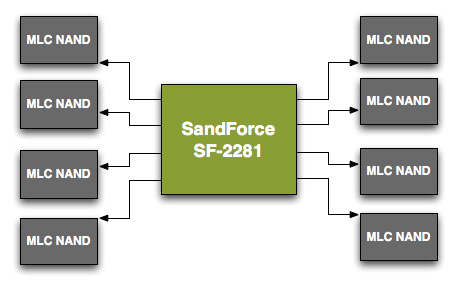
Each arrowed line represents a single 8-byte channel. In reality, SF's NAND channels are routed from one side of the chip so you'll actually see all NAND devices to the right of the controller on actual shipping hardware.
Even though there are 8 NAND channels on the controller, you can put multiple NAND devices on a single channel. Two NAND devices can't be actively transferring data at the same time. Instead what happens is one chip is accessed while another is either idle or busy with internal operations.
When you read from or write to NAND you don't write directly to the pages, you instead deal with an intermediate register that holds the data as it comes from or goes to a page in NAND. The process of reading/programming is a multi-step endeavor that doesn't complete in a single cycle. Thus you can hand off a read request to one NAND device and then while it's fetching the data from an internal page, you can go off and program a separate NAND device on the same channel.
Because of this parallelism that's akin to pipelining, with the right workload and a controller that's smart enough to interleave operations across NAND devices, an 8-channel drive with 16 NAND devices can outperform the same drive with 8 NAND devices. Note that the advantage can't be double since ultimately you can only transfer data to/from one device at a time, but there's room for non-insignificant improvement. Confused?
Let's look at a hypothetical SSD where a read operation takes 5 cycles. With a single die per channel, 8-byte wide data bus and no interleaving that gives us peak bandwidth of 8 bytes every 5 clocks. With a large workload, after 15 clock cycles at most we could get 24 bytes of data from this NAND device.

Hypothetical single channel SSD, 1 read can be issued every 5 clocks, data is received on the 5th clock
Let's take the same SSD, with the same latency but double the number of NAND devices per channel and enable interleaving. Assuming we have the same large workload, after 15 clock cycles we would've read 40 bytes, an increase of 66%.

Hypothetical single channel SSD, 1 read can be issued every 5 clocks, data is received on the 5th clock, interleaved operation
This example is overly simplified and it makes a lot of assumptions, but it shows you how you can make better use of a single channel through interleaving requests across multiple NAND die.
The same sort of parallelism applies within a single NAND device. The whole point of the move to 25nm was to increase NAND density, thus you can now get a 64Gbit NAND device with only a single 64Gbit die inside. If you need more than 64Gbit per device however you have to bundle multiple die in a single package. Just as we saw at the 34nm node, it's possible to offer configurations with 1, 2 and 4 die in a single NAND package. With multiple die in a package, it's possible to interleave read/program requests within the individual package as well. Again you don't get 2 or 4x performance improvements since only one die can be transferring data at a time, but interleaving requests across multiple die does help fill any bubbles in the pipeline resulting in higher overall throughput.
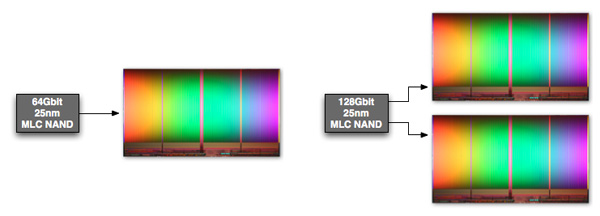
Intel's 128Gbit 25nm MLC NAND features two 64Gbit die in a single package
Now that we understand the basics of interleaving, let's look at the configurations of a couple of Vertex 3s.
The 120GB Vertex 3 we reviewed a while back has sixteen NAND devices, eight on each side of the PCB:
These are Intel 25nm NAND devices, looking at the part number tells us a little bit about them.
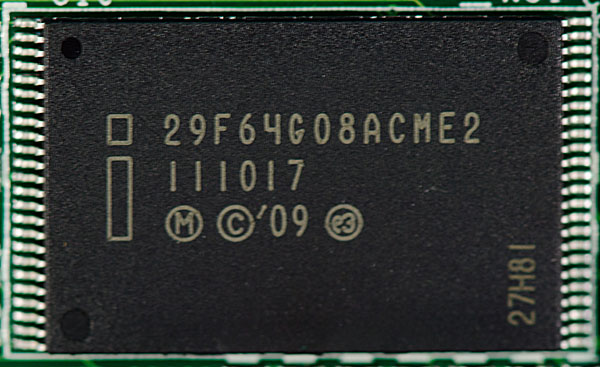
You can ignore the first three characters in the part number, they tell you that you're looking at Intel NAND. Characters 4 - 6 (if you sin and count at 1) indicate the density of the package, in this case 64G means 64Gbits or 8GB. The next two characters indicate the device bus width (8-bytes). Now the ninth character is the important one - it tells you the number of die inside the package. These parts are marked A, which corresponds to one die per device. The second to last character is also important, here E stands for 25nm.
Now let's look at the 240GB model:
Once again we have sixteen NAND devices, eight on each side. OCZ standardized on Intel 25nm NAND for both capacities initially. The density string on the 240GB drive is 16B for 16Gbytes (128 Gbit), which makes sense given the drive has twice the capacity.
A look at the ninth character on these chips and you see the letter C, which in Intel NAND nomenclature stands for 2 die per package (J is for 4 die per package if you were wondering).
While OCZ's 120GB drive can interleave read/program operations across two NAND die per channel, the 240GB drive can interleave across a total of four NAND die per channel. The end result is a significant improvement in performance as we noticed in our review of the 120GB drive.
| OCZ Vertex 3 Lineup | |||||
| Specs (6Gbps) | 120GB | 240GB | 480GB | ||
| Raw NAND Capacity | 128GB | 256GB | 512GB | ||
| Spare Area | ~12.7% | ~12.7% | ~12.7% | ||
| User Capacity | 111.8GB | 223.5GB | 447.0GB | ||
| Number of NAND Devices | 16 | 16 | 16 | ||
| Number of die per Device | 1 | 2 | 4 | ||
| Max Read | Up to 550MB/s | Up to 550MB/s | Up to 530MB/s | ||
| Max Write | Up to 500MB/s | Up to 520MB/s | Up to 450MB/s | ||
| 4KB Random Read | 20K IOPS | 40K IOPS | 50K IOPS | ||
| 4KB Random Write | 60K IOPS | 60K IOPS | 40K IOPS | ||
| MSRP | $249.99 | $499.99 | $1799.99 | ||
The big question we had back then was how much of the 120/240GB performance delta was due to a reduction in performance due to final firmware vs. a lack of physical die. With a final, shipping 240GB Vertex 3 in hand I can say that the performance is identical to our preview sample - in other words the performance advantage is purely due to the benefits of intra-device die interleaving.
If you want to skip ahead to the conclusion feel free to, the results on the following pages are near identical to what we saw in our preview of the 240GB drive. I won't be offended :)
The Test
| CPU |
Intel Core i7 965 running at 3.2GHz (Turbo & EIST Disabled) Intel Core i7 2600K running at 3.4GHz (Turbo & EIST Disabled) - for AT SB 2011, AS SSD & ATTO |
| Motherboard: |
Intel DX58SO (Intel X58) Intel H67 Motherboard |
| Chipset: |
Intel X58 + Marvell SATA 6Gbps PCIe Intel H67 |
| Chipset Drivers: |
Intel 9.1.1.1015 + Intel IMSM 8.9 Intel 9.1.1.1015 + Intel RST 10.2 |
| Memory: | Qimonda DDR3-1333 4 x 1GB (7-7-7-20) |
| Video Card: | eVGA GeForce GTX 285 |
| Video Drivers: | NVIDIA ForceWare 190.38 64-bit |
| Desktop Resolution: | 1920 x 1200 |
| OS: | Windows 7 x64 |


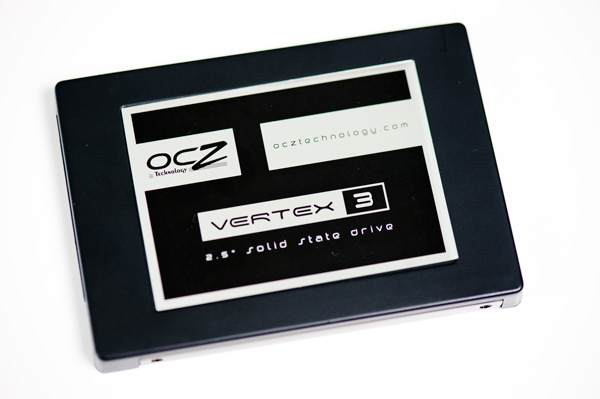
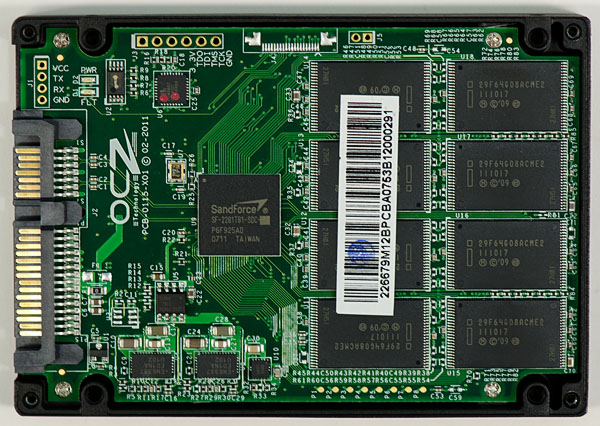
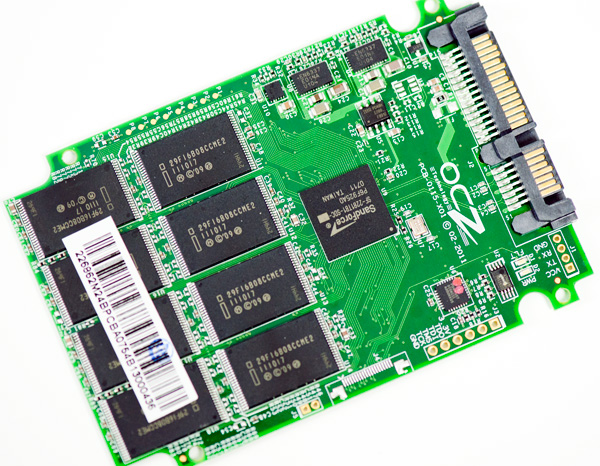
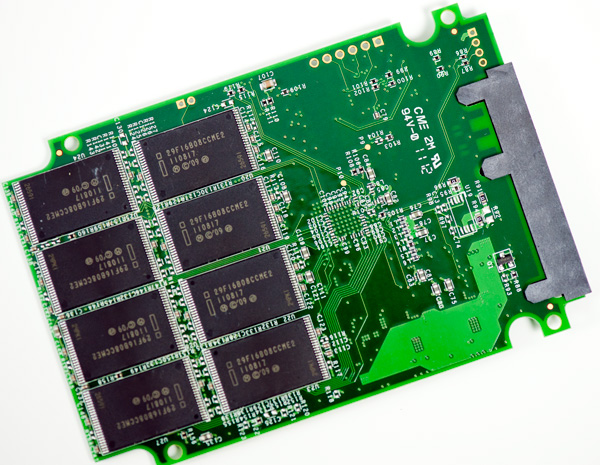
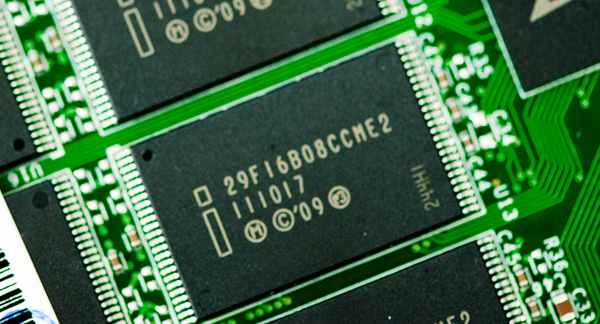








90 Comments
View All Comments
dagamer34 - Friday, May 6, 2011 - link
Great review Anand, but a far more practical question is this, why should the average consumer get the OCZ Vertex 3 at a almost $100 street price premium when the Vertex 2 performs reasonably well in all areas that matter? Almost no regular consumer is actually going to benefit from having sustained 500MB/sec read/writes compared to 200MB/sec because you'd actually need a source/destination that can also dish out or take in data that fast. Sure, compared to a HDD, any SSD is better, but is for example loading Windows in 14 seconds as opposed to 9 seconds really worth that much.Of course, for business markets, all bets are off and faster is almost always better since they've got RAID arrays churning to get data access as fast as possible. One SSD can easily replace a RAID 5 Raptor array at a far lower cost.
Anand Lal Shimpi - Friday, May 6, 2011 - link
I think for the average consumer simply making the move to an SSD is good enough. From there it's a question of subtlety. I can notice the difference on a Sandy Bridge system between a Vertex 2 and Vertex 3 - is it worth the price premium? For most users I'd say no, particularly if you aren't running a platform with a good 6Gbps controller.Take care,
Anand
aegisofrime - Friday, May 6, 2011 - link
Thanks for the answer, I was wondering the same thing as well. With Vertex 2s going for cheap nowadays, I think I can settle for a Vertex 2. Thanks for all the great work Anand, Anandtech is the first site I hit when I wake up :)vol7ron - Friday, May 6, 2011 - link
It's good advice, but also keep in mind scalability and future-proofing.How long do you keep your HDs? I keep mine until failure. Even if I don't have enough SATA ports on my mobo/cards, I'll use USB transformers to make user of the drives.
How important is it to you to buy an inferior product? To most users, it might not matter and the others might not care; but keep in mind you might use it as an external drive some day and you might want it to be able to saturate, or at least make use of the bandwidth for that external interface - think USB3/4 or Light Peak (Thunderbolt).
That being said, "deals" are deals for a reason and there's no such thing as a bad deal, just "mistakes" and "favors."
Rasterman - Monday, May 9, 2011 - link
That doesn't make any sense, drives can last for 10 years or more, are you really telling me you have a 50MB drive from 10 years ago that you have hooked up to a USB port sucking 10-20W down? At some point it makes more sense to consolidate and upgrade, its only a matter of time before the cost to simply power the drive isn't worth the money. Add to that error rates increase exponentially as the drive ages and your data will simply not be reliable.I personally get a new storage drive every 3-4 years, the old ones are re-purposed into encrypted off-site backups as they usually aren't worth anything used.
jharmon - Friday, May 6, 2011 - link
Again Anand, thank you so much for an excellent review. However, I was wondering if you could expound a bit more on this comment. I am currently running the X58 with Marvell 9128 controller. It is a sata 6Gbps interfaces, but the max bandwidth on that is 500 MB/s and it seems to be capping performance. Even OCZ warns about this on their website.You say you notice a different on SandyBrige, but what about the X58 platform?
Thanks again!
vol7ron - Friday, May 6, 2011 - link
These kinds of questions should go to the forum. Though authors/owners, do respond to some comments, the "Comments" section is not for questions, especially questions of another technology. I think they are meant for readers and users to leave comments on the article, content, or food-for-thought.v8x - Monday, May 9, 2011 - link
I do not agree, Who are you to decide what goes into the forums and what not? If Anand makes a statement in an article he wrote, it's not more than natural that questions on that statement go in the comments section.It is not a question on another technology, it's a question on a statement Anand made.
Hargak - Friday, May 6, 2011 - link
Actually, your RAM is usually the secondary device in 99% of the situations. And your RAM can receive data much faster than transferring it to another Vertex 3. Hence the improvements in loading large programs such as photoshop or big gaming programs. Whenever it is loading something you are taking data from the hard drive and caching it to RAM so the CPU can work with it in a much lower latency higher bandwidth situation. Then again, the question is whether or not the data is compressable. If it isn't then your basically back to Vertex 2 speeds. I'm also assuming in RAID 0 situations you would have a large margin of read bandwidth depending on the type of data compressable or uncompressable. I've been sold on SSD's since I found out that I could actually overclock the drive. I suggested to one of the engineers (Tony) hat they sell an overclocked version since there is headroom in added frequency. I overclocked the southbridge which made ~10% increase in performance on an old Core SSD. Down the road we may see performance SSD's possibly in card format with heatsinks and fans on them.Hargak - Friday, May 6, 2011 - link
Forgot to mention, that's how they came up with the Vertex Turbo, ;)